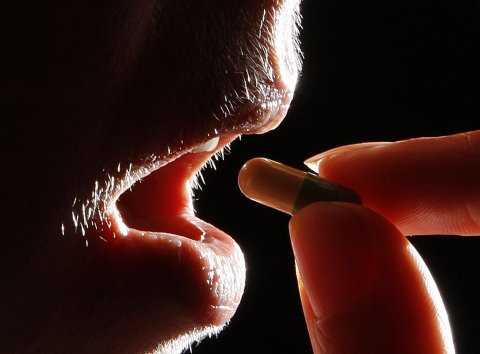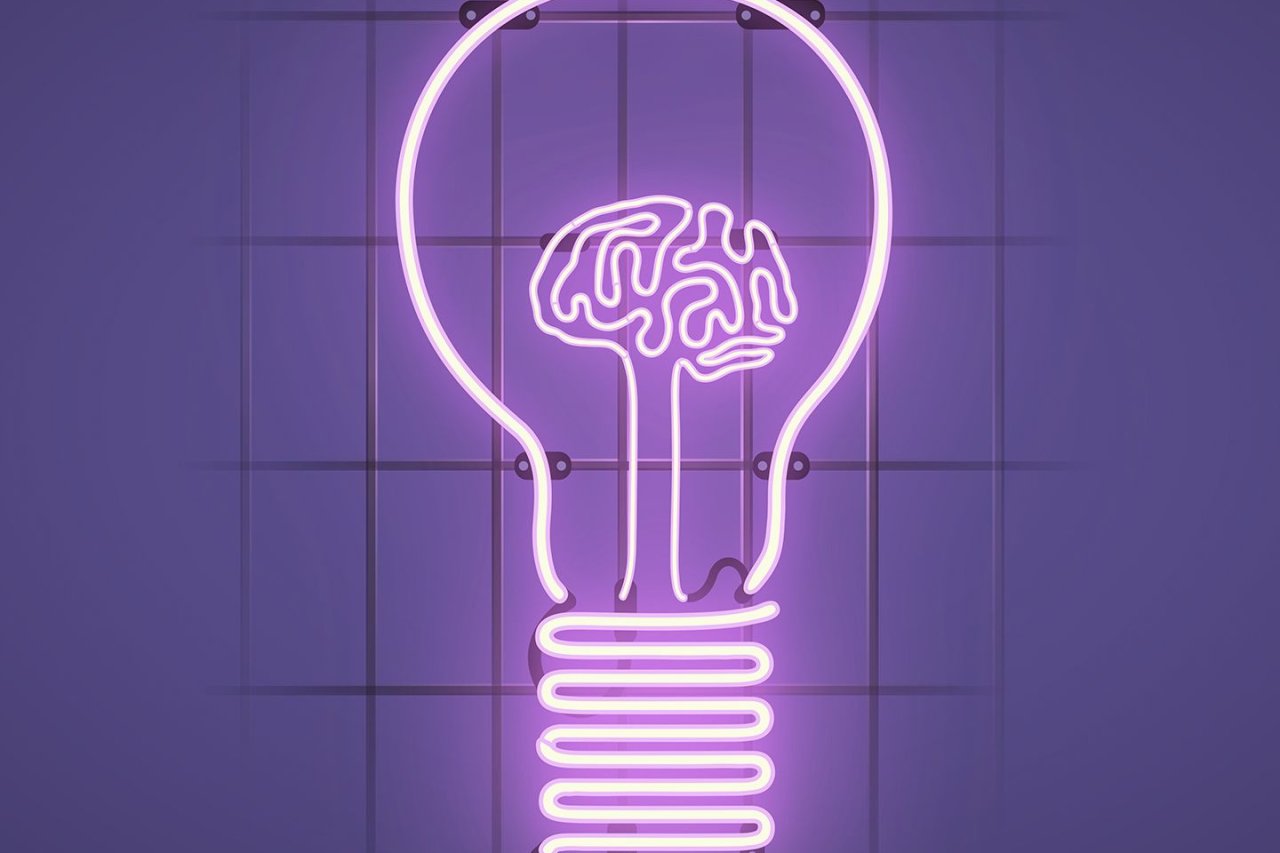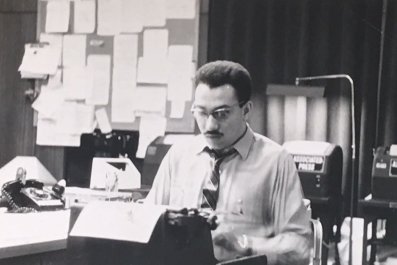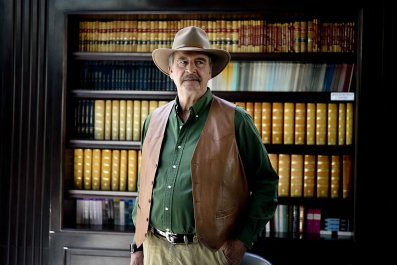Psychotherapy, cognitive behavioral therapy and dozens of pharmaceuticals are the most common treatments for severe depression. One of the most powerful, however, is shock therapy. In studies, electroconvulsive therapy (ECT), also known as shock therapy, has rapidly restored to health up to 60 percent of patients with the disorder—far more effectively than other treatments.
"ECT is the best treatment to get people with severe depression into remission," says psychiatrist Daniel Maixner. And yet just 2 percent of patients opt for shock therapy. One reason is the stigma attached. Another: It's expensive—between $300 and $1,000 per treatment, and patients typically need five to 15 initial sessions, followed by 20 more for maintenance over the course of a year.
Researchers at the University of Michigan wanted to know whether ECT's benefits justified the cost, particularly in comparison to medication and talk therapy. Their study's enlightening results were published May 9 in JAMA Psychiatry.
How the study worked: Researchers tested seven different strategies for treating depression, including ECT, over four years, comparing the number of years each treatment was effective. They tallied the amount of money patients spent on a treatment per year, along with how often and how soon they went into remission and later relapsed.
What they found: ECT becomes cost-effective once two other medications have proved unsuccessful for eight weeks each. The approach costs about $54,000 per year. That expense falls within the $50,000 to $150,000 range that insurers look for when weighing whether the benefit of an intervention is worth the cost.
Caveats: "We aren't trying to dictate when providers should offer ECT," says lead author Dr. Eric Ross, who emphasizes that cost is just one of many factors to consider, including severity of the illness and convenience.
Challenges: ECT tends to carry a stigma based on the era when ECT was, as Ross puts it, "uglier." Anesthesia didn't accompany the treatment in the 1960s and 1970s, and books and movies like One Flew Over the Cuckoo's Nest didn't help. Limited access to the treatment, due to the low number of practitioners, is also an issue.
Bottom line: "People often try five or 10 medications, experiencing months or years of uncontrolled depression, before someone offers ECT," Ross says. The results from this study suggest shock therapy should be considered much sooner.















